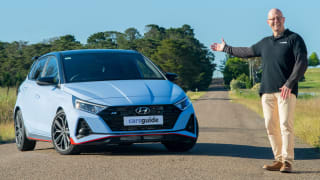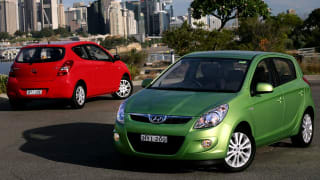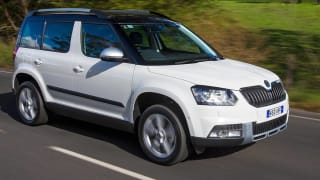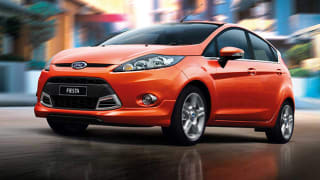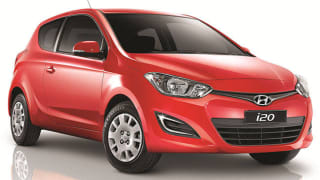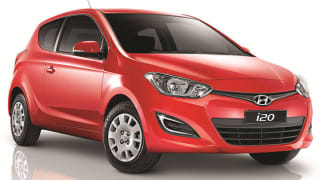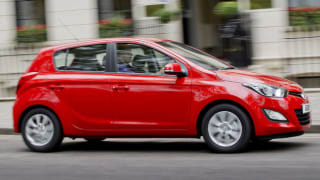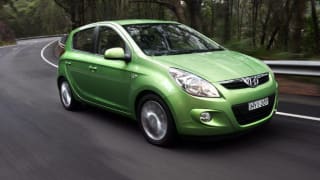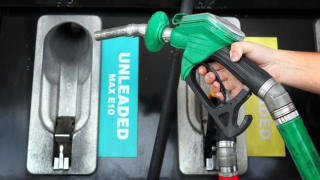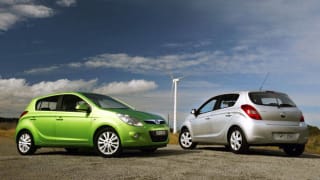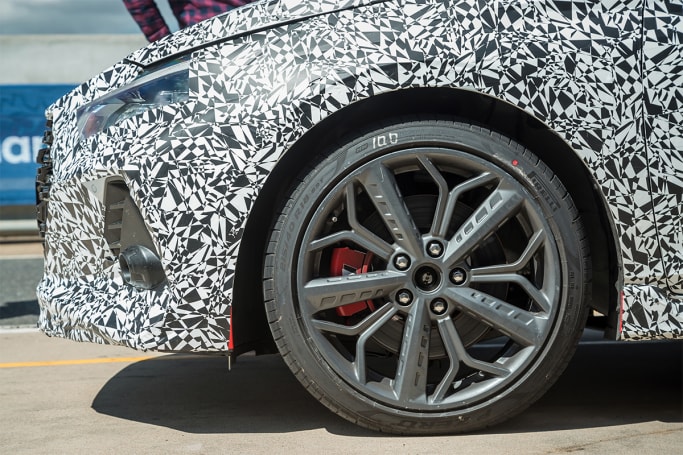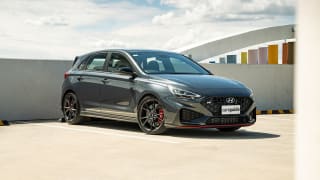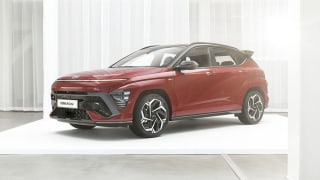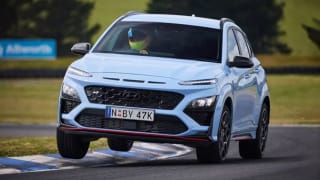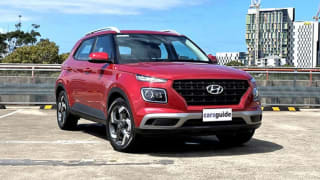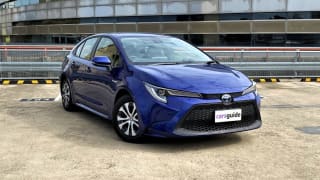The i20 was one of Hyundai's smallest forays into the exceptionally competitive Australian light car market.
The European-built i20 was introduced in 2010 in a soft takeover of the Korean-sourced Getz, and was a vital part of Hyundai's shift from a brand that made cheap cars to a brand that made good-value cars. Prices ranged from $34,990 for the I20 N to $35,990 for the I20 N TTR. As popular as the i20 was, the weakening Australian dollar meant that Hyundai could no longer turn a profit on the tiny city hatchback and the model was dropped from the Australian line-up in 2015. The i20 has been replaced by the Korean-built Hyundai Accent.



